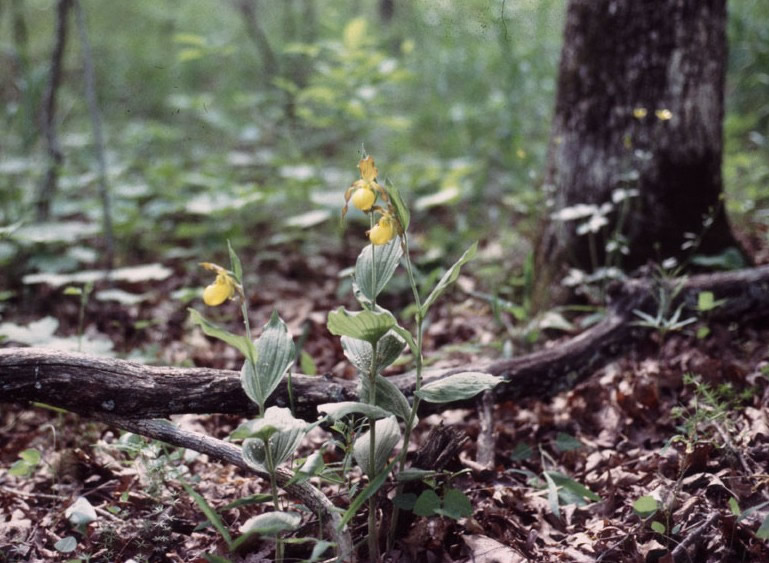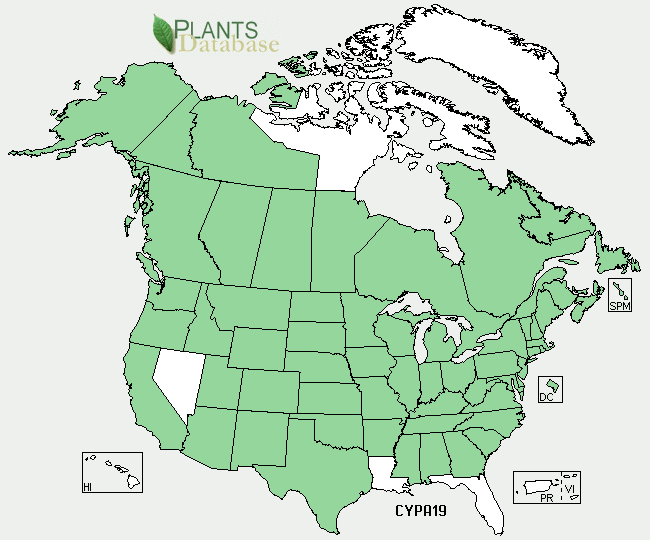Habitat
 Wild
orchids are characterized by three major growth patterns:
Wild
orchids are characterized by three major growth patterns:
-
The first is the epiphytes which are orchids that grow above ground, usually wrapped around trees. These orchids require very little nutrients and prefer high amount of light exposure.
-
The second type of orchid is the lithophytes, which grow in rocky terrains. Their roots are specialized to cling to rock and absorb whatever nutrients are left on the rocks.
-
The last type of orchid is the terrestrial orchid. These orchids are closest to the stereotypical plant that we see. They require substrate and have either roots or rhizomes (or both) for nutrient acquisition. C. parviflorum is a terrestrial orchid that prefers cooler climates that are moderately humid such as North America and Europe.
-
The ecological niche of C. parviflorum is quite vast. Some of the known habitats for this plant are: hardwood forests, coniferous swamps, hardwood swamps, meadows, prairies and thickets.
-
Within any habitat that C. parviflorum is found, it is a primary producer on the substrate level. It helps to enhance diversity, support insect populations and form symbiotic relationships with a few different substrate fungi.
-
One of the biggest challenges for the Yellow Ladyslipper is the competition for soil space. Root space is usually a challenge, but lucky for the Yellow Ladyslipper, it has developed a specific adaptation with its roots.
